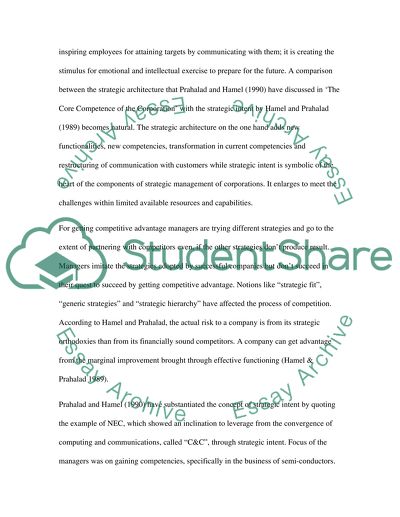Cite this document
(Strategy Intent Essay Example | Topics and Well Written Essays - 1500 words, n.d.)
Strategy Intent Essay Example | Topics and Well Written Essays - 1500 words. https://studentshare.org/psychology/1572341-strategy-intent
Strategy Intent Essay Example | Topics and Well Written Essays - 1500 words. https://studentshare.org/psychology/1572341-strategy-intent
(Strategy Intent Essay Example | Topics and Well Written Essays - 1500 Words)
Strategy Intent Essay Example | Topics and Well Written Essays - 1500 Words. https://studentshare.org/psychology/1572341-strategy-intent.
Strategy Intent Essay Example | Topics and Well Written Essays - 1500 Words. https://studentshare.org/psychology/1572341-strategy-intent.
“Strategy Intent Essay Example | Topics and Well Written Essays - 1500 Words”. https://studentshare.org/psychology/1572341-strategy-intent.


